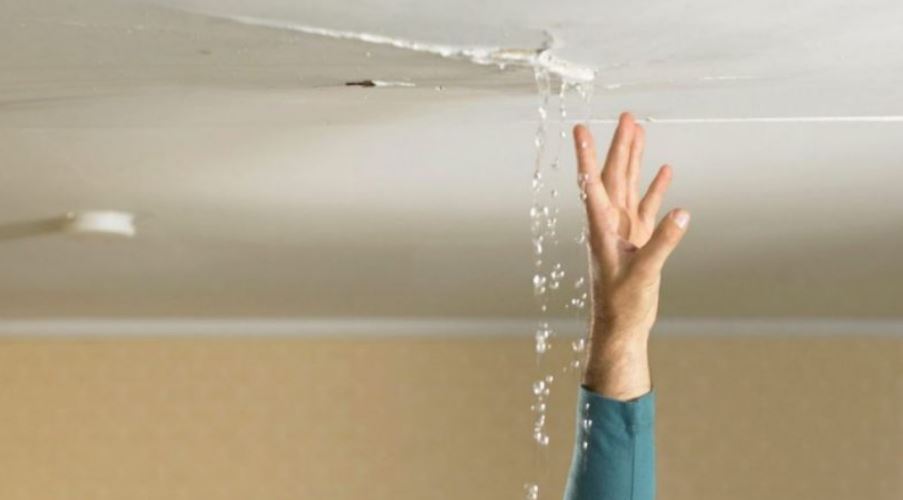A water leak in the home can be devastating, with water damage often causing expensive and time-consuming clean-up and repair. What to do if your home has a water leak – and how to prevent it in the future.
Turn off the water
The first step in preventing the water leak from getting worse is to turn off your water supply. The stop cock or stop valve is often located in your kitchen or bathroom and quickly shuts off the water to your home. Your dishwasher or washing machine, taps, and toilets should all have an isolation valve on the hose or piping that can be twisted clockwise to cut off the water flow. If you have a significant volume of water in your home, you should also turn off the power and gas supply until the problem is handled.
Remove any excess water
It is critical to remove any standing water from the leak as soon as possible; the longer it remains in your property, the more water damage it will cause. Large-scale flooding may necessitate the usage of a pump, which should be positioned at the lowest point of the flooded region.
Tips & Resources Cleaning up after a water leak
• To reduce the risk of harm or infection, use rubber boots, rubber gloves, dust masks, and eye protection.
• Never assume that water-damaged structures are safe; if you hear shifting or strange noises, leave immediately.
• Poke a hole in drooping ceilings to prevent collapse and use buckets to capture draining water if you have a roof leak.
• Keep the skirts and drapes of sofas and chairs away from damp surface.
• Basement cracks should be sealed with masonry caulk or hydraulic cement.
• Check for leaks in any basement windows.
What would be the best way to halt a water leak?
Epoxy is a highly strong adhesive that can aid in the repair of a leak. Keeping plumber’s epoxy in your home repair kit is usually a good idea, especially if you don’t have pipe wrap. To use it, just turn off the water and clean the area surrounding the leak on the pipe. Then, combine the two parts of the epoxy and apply it to the affected region.
Whole House Meter Check for Leaks
Your water meter may frequently identify larger leaks or a combination of tiny ones. You may do a quick leak check using your water meter by following these steps
1. Check that all water is shut off both inside and outside the house. This test must be carried out while no automatic water equipment, such as irrigation controllers, laundry washers, dishwashers, and so on, is in operation.
2. Wait 15 minutes after recording the water meter reading. Ensure that no water is used during this period.
3. Record the meter’s reading once more. If the meter detected water use throughout the test, it might be due to a leak. Check to ensure that the water consumption is not the result of tiny equipment such as water filters or water softeners.

